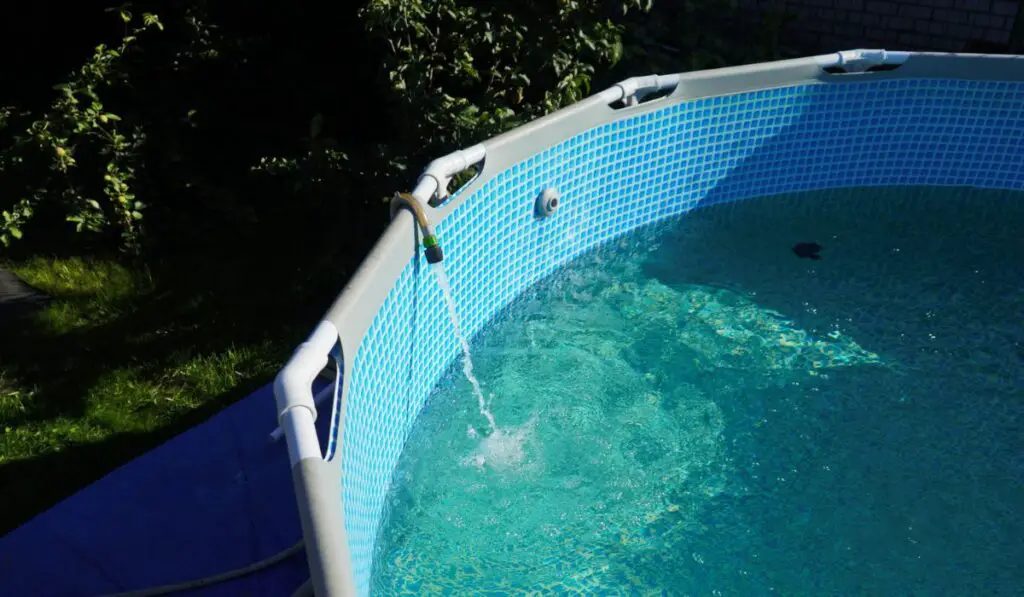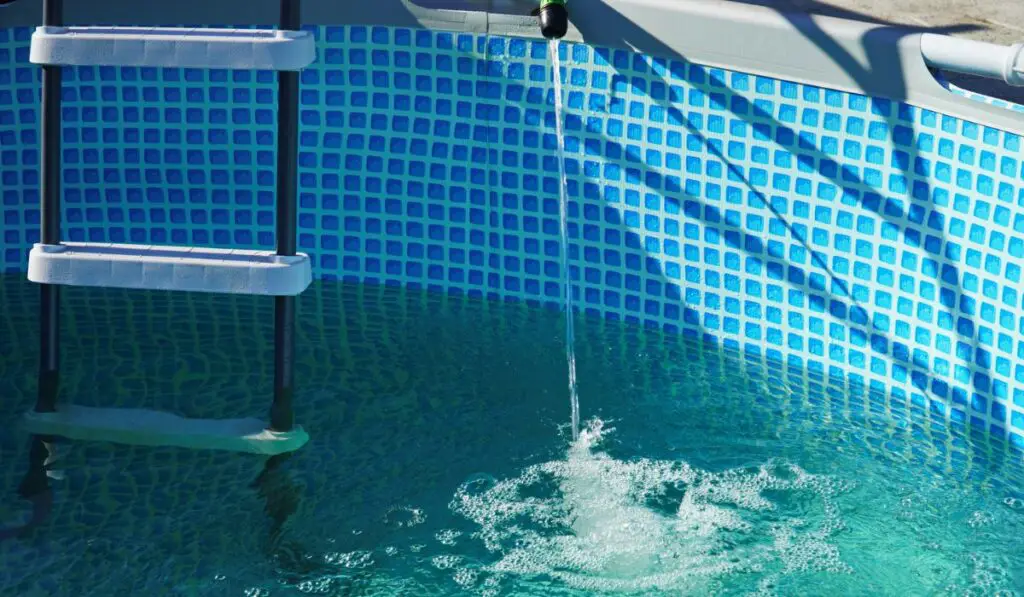Pool owners are usually informed of how many gallons their swimming pool is at installation, but they may not have taken note of the number or they may have simply forgotten the number over time. Regardless, there are many times when it’s important to know how big a pool is — for curiosity’s sake, because someone buying the house, or because you need new equipment for the pool.
How to calculate the volume of a swimming pool depends on the type of pool. There are different formulas depending on the shape of the pool, so you will need to determine which one is right for you. You’ll need a calculator and a tape measure that can reach the bottom of the pool.
Let’s take a closer look at how to calculate the number of gallons in your pool, depending on which type of pool you have.
Why Do I Need to Know the Total Gallons?

Even if you don’t have an imminent need, being aware of the amount of water in your pool and writing it down for later can be handy. There are many instances where you might need to know how much water your pool holds, including:
- Fixing the chemical balance, as the measurements will often depend on the size of your pool
- Installing new equipment, where you need to know what to purchase
- To tell pool contractors, if they’re doing some work on your pool
- For selling the house, when you need to be clear about how big the pool is
You might also just want to know out of curiosity. Either way, calculating the total gallons in your pool only involves taking a few measurements then running a calculator, and it shouldn’t take more than a few minutes.
How to Calculate the Number of Gallons for Your Pool Type
The first thing you need to do is determine what type of pool you have. This way, you can go ahead and calculate how big it is. There are four main pool shapes.
Circular Pools
If your pool is a perfect circle, then you should go ahead and use the formula for that one. If there are any sharp or straight edges, then your pool doesn’t count as circular — no matter how close it is.
Square or Rectangle Pools
Square or rectangle pools are the easiest to spot. If your pool has four straight edges with no irregularities, you can use that formula.
Kidney-Shaped Pools
A kidney-shaped pool (yes, shaped just like the organ!) almost looks like two circles joined together. You will be able to tell if you have one of these because it should be symmetrical on either side.
Irregularly Shaped Pools
If you have any other pool shape, or a combination of the above, then you should follow the formula for an irregularly shaped pool. This can get a little trickier to calculate, but it’s still doable.
Let’s take a look at the actual formulas for each pool type so you can work out how many gallons are in yours, as well as what you’ll need before you go ahead and get started.
What Will I Need to Calculate the Gallons?

To calculate the gallons, you really should only need three things: a notepad to write things down, a calculator, and a measuring tape (on Amazon) that can reach the bottom of your pool (so you can calculate things like the average depth). That’s why it’s better to use a sturdy one.
You may also need a friend with you so they can hold one end of the tape measure while you get the numbers.
How to Calculate Circular Pools
3.14 x r² x average depth x 7.5 = volume
3.14 is pi, a mathematical constant, so you don’t have to do any work to figure out this part of the formula — it’s always the same. The 7.5 is also consistent in this formula, as well as all of the others.
To find the radius, you’ll need to find the diameter. Measure across the broadest part of the circle (or any part, if it’s a perfect circle) and then half it to find the radius. Multiply this by itself to find the radius squared.
For the average depth, you need to measure the most shallow part and the deepest part. Once you’ve done this, add them together and divide by two. That’s your average depth.
You should then be able to plug all of these values into the formula to get your volume in gallons.
How to Calculate Square or Rectangle Pools
Length x width x average depth x 7.5 = volume
Square and rectangle pools are pretty easy to measure, as the formula is very self-explanatory. All you have to do is measure the length and width and multiply them by the average depth and 7.5.
You can find the average depth of a square or rectangular pool the same way you would a circular pool. Measure the shallowest part and the deepest part, add them together and divide by two.
How to Calculate Kidney-Shaped Pools
0.45 x (A+B) x length x width x average depth = volume
Although most parts of the formula are self-explanatory (especially now that you know how to calculate the average depth), (A+B) is the confusing part of a kidney-shaped pool. Fortunately, it’s easy to get these numbers.
A and B represent the widest points of the pool. This shouldn’t go across the length, but should instead be top to bottom (making them perpendicular to the length). Once you’ve found this, you can plug the values in and find the volume of your kidney-shaped pool.
How to Calculate Irregular-Shaped Pools
If your pool has a more irregular shape, then the easiest way to do it by splitting it up into smaller shapes and using these formulas. If you can divide the pool up, you can use the formulas for different parts of it and then add the totals together to get the gallons in the pool.
